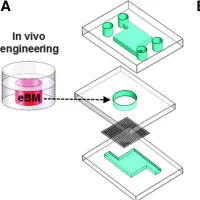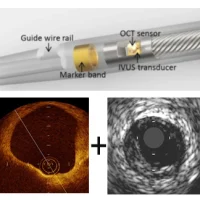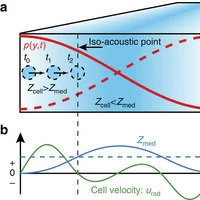Multimodality
imaging can be used to detect and diagnose prosthetic heart valve
complications, where a dysfunction is rare but can be life threatening,
according to the first recommendations published on this subject.
When a dysfunction does occur in heart valve replacement using mechanical or biological prostheses, it is crucial to determine the cause as this will define what treatment is needed, said the paper published in European Heart Journal -- Cardiovascular Imaging.
It is estimated that by 2050, some 850,000 prosthetic heart valves will be implanted every year in western countries.
The novel document was produced by the European Association of Cardiovascular Imaging (EACVI), a registered branch of the European Society of Cardiology (ESC). They are endorsed by the Chinese Society of Echocardiography, the Inter-American Society of Echocardiography, and the Brazilian Department of Cardiovascular Imaging.
“Prosthetic heart valves are the best treatment for the majority of patients with severe symptomatic valvular heart disease,” said first author Professor Patrizio Lancellotti. “Heart valve disease is one of the most common types of cardiovascular disease and affects around 3-6% of the population over 65 years.”
When prosthetic heart valve complications are suspected, the authors recommend:
· First-line imaging with 2D transthoracic echocardiography (TTE);
· 2D and 3D TTE and transoesophageal echocardiography (TOE) for complete evaluation;
· Cinefluoroscopy to evaluate disc mobility and valve ring structure;
· Cardiac computed tomography (CT) to visualise calcification, degeneration, pannus, thrombus;
· Cardiac magnetic resonance imaging (CMR) to assess cardiac and valvular function;
· Nuclear imaging, especially when infective endocarditis is suspected.
“In this paper we have underlined the incremental value of all imaging modalities to evaluate prosthetic heart valves,” said Professor Lancellotti.
“Echocardiography should be used in the first instance to detect any dysfunction. Non-echo imaging modalities can be performed afterwards if more information is needed to establish the cause and extent of complications.”
He concluded: “We have introduced new algorithms to help clinicians diagnose and quantify prosthetic heart valve dysfunction. They are easy to use and we hope will improve assessment and subsequent management of patients so that when complications do occur, better outcomes can be achieved.”
Journal Reference:
Patrizio Lancellotti, Philippe Pibarot, John Chambers, Thor Edvardsen, Victoria Delgado, Raluca Dulgheru, Mauro Pepi, Bernard Cosyns, Mark R. Dweck, Madalina Garbi, Julien Magne, Koen Nieman, Raphael Rosenhek, Anne Bernard, Jorge Lowenstein, Marcelo Luiz Campos Vieira, Arnaldo Rabischoffsky, Rodrigo Hernández Vyhmeister, Xiao Zhou, Yun Zhang, Jose-Luis Zamorano, Gilbert Habib. Recommendations for the imaging assessment of prosthetic heart valves: a report from the European Association of Cardiovascular Imaging endorsed by the Chinese Society of Echocardiography, the Inter-American Society of Echocardiography, and the Brazilian . European Heart Journal – Cardiovascular Imaging, 2016; jew025 DOI: 10.1093/ehjci/jew025










